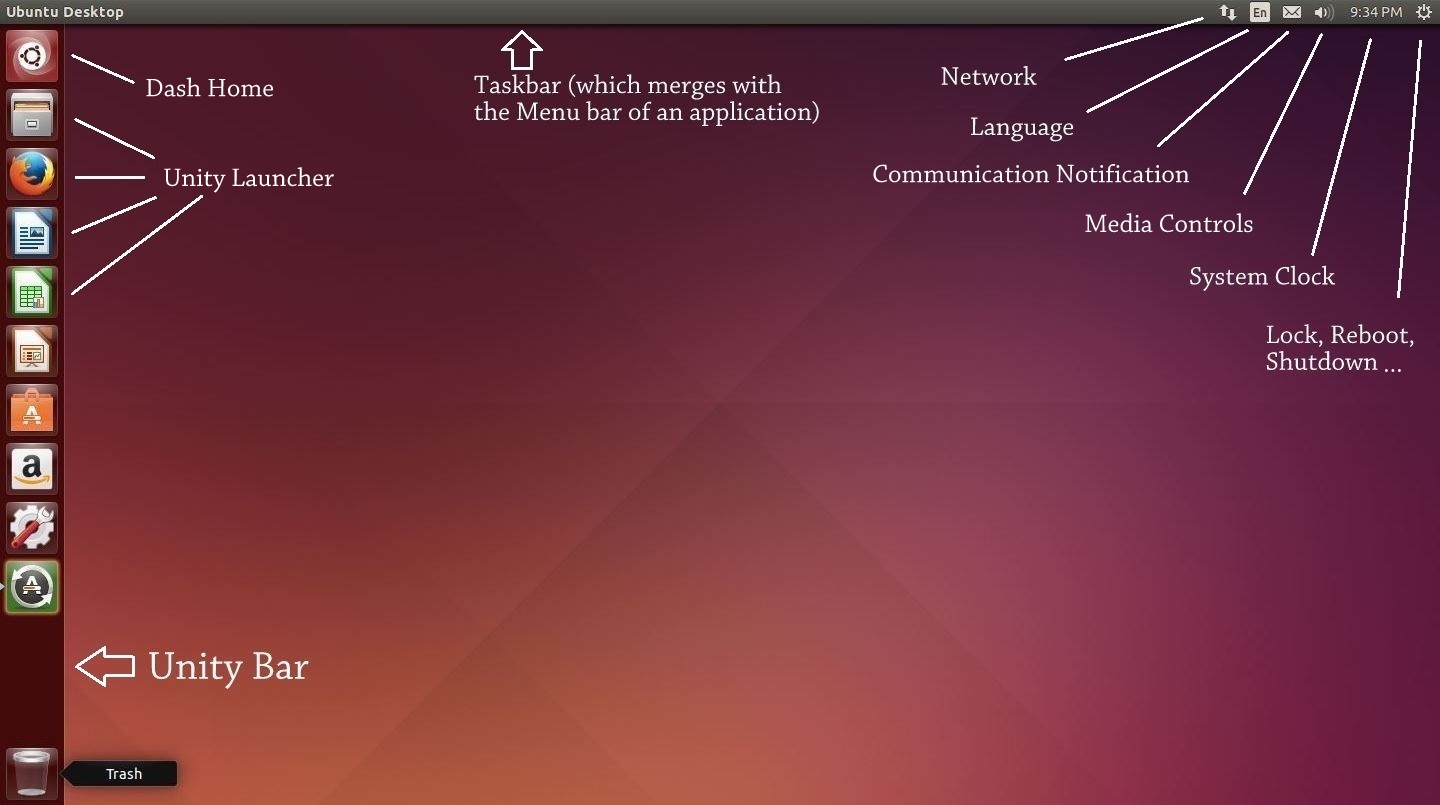Recently I came about a thread on a tech forum I regularly visit, which asked a question about how many apps one uses in a day. Surely there are a lot of apps. Thousands and thousands of them in the apps market. I even made a list about the must have apps. But does one really use a lot of apps on a regular day?
I guess, apps like Launcher, Dialer, Messaging, People (contacts) and Gallery (includes camera app) need not even be mentioned. Since those are by default used by everyone. So what other apps…? I tried to write a story based on actual events to see where I judge myself in this regard. Results were pretty revealing!
I can’t wake up in the morning unless the Alarm plays a random song from my list of my favourite songs. So that’s one. Then I need to watch what time it is when I *finally* wake up. Clock and weather widget it is. That counts as an app too.
While traveling to office I would listen to my songs on TTPod and chat with friends on WhatsApp and Telegram. I would also surf some forum on Tapatalk since it’s just unavoidable.
Now I am in office. I pretend to work for sometime. Then I would need some break and I would goto breakout area where I see one of my colleague have this amazing trailer of a latest movie, “Edge of Tomorrow”. I just need to watch this and have it on my phone too. I would use ShareIt app to transfer the video to my phone in seconds (it uses wireless tethering to do that and is a great app btw). I would view the video using MXPlayer on my phone. Wow the trailer is amazing and I need to make a post about it on my FB Page. So I use Pages manager to do that. I don’t use Twitter or I could have used Hootsuite to update on FB and Twitter together.
Now its lunch time. And I would have forgotten to check whether I published that article on my website which I was drafting the previous night. I would use WordPress app to do final touches and “publish” the article. I could have also uploaded any media on the web server using ConnectBot if its needed.
I will now view how my recent blog looks like on any browser like Opera or Chrome. I can also use Chrome to read articles which arrives via RSS feed like Flipboard or Appy Geek when I am on the loose after lunch.
Oh dear, its month end! Did my salary came? I would quicky check it from my bank’s app. Be it ICICI or Citibank. Even government bank like Canara Bank have an app now. I would leave for home early that day since I would remember I had some shopping to do. I would refer the list I made using ColorNote or a task application like Astrid to remind me of the list of things my sister wanted me to buy for her too.
I am on the Metro platform now and want to goto a market very far. An app of DMRC Metro would guide me before I get lost. (Yea, asking from people would help too, but I have been taught not to talk to strangers, unless it’s urgent).
While I am traveling to the market I would play some games on my mobile. Anything like Asphalt 8 or a quick race of Subway Surfer could help me avoid the strangers I was talking about earlier. Oh wait.. did I see someone playing this good looking puzzle game I haven’t seen earlier? Lets just download it through Play store and get started to shatter his record.
While shopping I can use my Barcode application to quickly scan and get to know the exact date of manufacture so that I don’t pickup old stuff. (Mom would have loved a portable Barcode scanner when she shops. But, I could be a barcode scanner for her anytime now.) But I consider myself a smart shopper, ain’t I am? So while shopping I would compare the prices of different stuff available online. Flipkart app it is.
Well, its about time now. Time to return home. I don’t really know I have the energy to catch another metro in the rush hour of evening. Lets just call a cab using an app I still have to find on Google play (cause I know there is one) and reach to my home keeping an eye on the driver, meter and Google maps. I don’t want him to drive me home using the longest route, do I?
Anyway I reached home. Now which app? Well, at home I would keep my phone in one corner. I won’t use any other app now since I don’t need them to talk with family. Enough apps for today. Maybe I would need to use more apps like Dropbox when I need to share some documents with my friend tomorrow, or Endomondo, when I need to track how much calorie I burn after a quick jog in one hypothetical but possible morning, or AndChat to chat on IRC with online friends. For now… its the end of the day and I need some rest. Screen locked.


